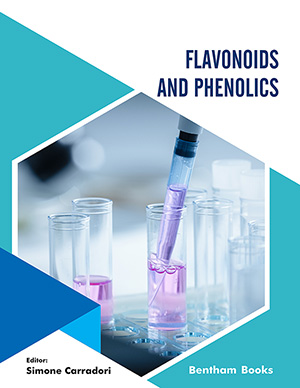Abstract
In silico studies or computer-aided drug design (CADD) have led to advancement in drug discovery and development of neurodegenerative disorders (NDDs) and neuropsychiatric disorders. CADD is being increasingly used by universities and industries and provides a clear understanding of molecular interactions. Predicting molecular interactions provides relevant information to extract the potential of bioactive compounds. At present, more interest is on natural entities as therapeutic agents with different heterocyclic categories. Various heterocyclic structures are suggested to show MAO (monoamine oxidase) inhibitory activity by CADD and preclinical studies. Among these, chalcones and flavonoids play a major role in MAO inhibitory action because of the phenolic ring. In this chapter, we discuss in silico studies of natural chalcones and flavonoids with MAO inhibitory by considering the complexity of the brain and the multifactorial nature of neurodegenerative disorders. These in silico studies prove that phytoconstituents from herbal medicine with therapeutic properties can serve as lead drug molecules for the treatment of NDDs.
Keywords: Apigenin, Chalcone, Flavonoids, In silico, Isoflavonoids, Kaempferol, Luteolin, MAO-inhibitor, Neurodegenerative Disorders, Quercetin, Xanthones.






















